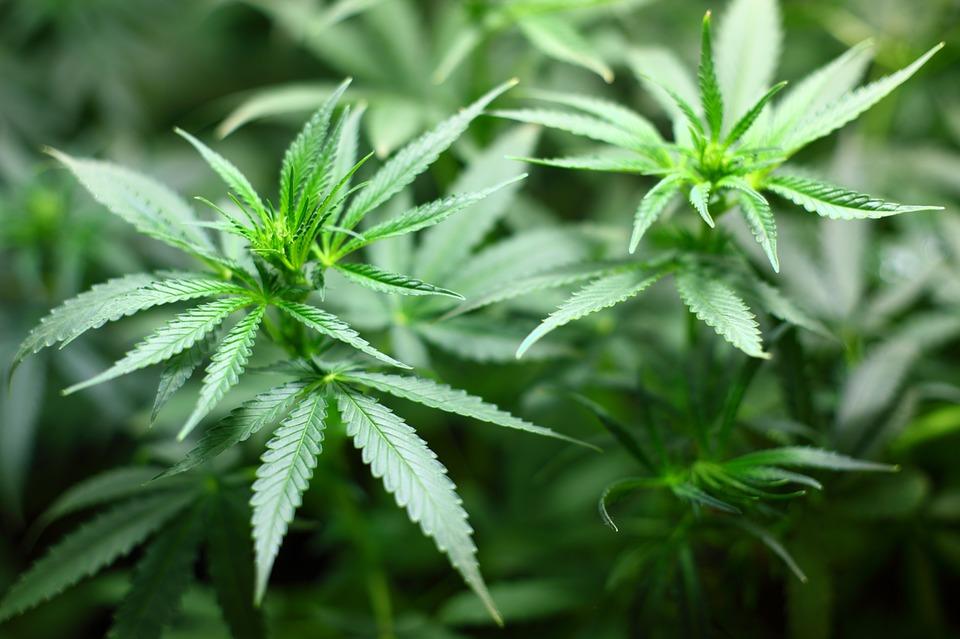Columnist Kendall Grove
New reports from the Foundation for Advancing Alcohol Responsibility and the Governors Highway Safety Association suggest that drugs such as marijuana are more likely to be the culprit in fatal crashes than drunk driving.
According to the association’s report in 2015, 43 percent of drivers involved in fatal crashes tested positive for drugs and more than one-third tested positive for marijuana.
This statistic may be easily blamed on the widespread popularity of medical and recreational marijuana, but should be just as easily blamed on the federal government’s failure to allocate funds to the research of cannabis.
With medical marijuana allowed in 29 states and eight states allowing recreational use of marijuana, it is hazardous for the federal government to continue ignoring the growing industry.
In 2015, analysis from News21 explained that the marijuana research done by the National Institutes of Health only $297 million was used for research on marijuana’s effect on the brain and potential medical benefits out of $1.4 billion. For the research of abuse and addiction, $1.1 billion of the $1.4 billion was allocated.
The discrepancy between marijuana research is something to be worried about. With marijuana use continuing to grow, the lack of intelligence on its effects have already created problems for law enforcement.
In 2013, a man named Mike Simmons was arrested in Washington for driving under the influence of marijuana. He was arrested because according to a police officer he had a “green film” on his tongue.
Simmons told Q13 Fox that, “As soon as the officer came to the vehicle, he asked me to stick out my tongue.”
Controversy was caused over this case because there is no scientific evidence of marijuana users having a “green” tongue after immediate use, but according to the National Highway Traffic Safety Administration a “green coating of tongue” is included in under the Drug Evaluation and Classification of marijuana.
The lack of research on this subject makes it difficult to police the new policies as well as confusion when it comes to marijuana limits.
Since Colorado legalized recreational marijuana, the marijuana DUI limit has been that five nanograms of THC, the psychoactive compound found in marijuana, are allowed in the blood stream. The set limit of five nanograms has received criticism and been labeled as too low over the past few years.
With the passing of a proposition last fall, the recreational use of marijuana in California will only add to the debate over how much THC is too much.
Margaret Haney, a Columbia University neurobiologist, told NPR, “the simple fact [is] that THC is fat soluble. That makes it absorbed in a very different way and much more difficult to relate behavior to levels of THC or develop a breathalyzer.”
Federal intervention is needed to ensure the safe use of marijuana in states that allow it, but this is difficult to suggest when the U.S. Food and Drug Administration claim it doesn’t “[approve] marijuana as a safe and effective drug for any indication” as well as only participates in research with the National Institutes of Health, which allocates less than a tenth of their marijuana research budget on the medical and psychoactive effects.
The confusion created by the growing marijuana industry should be a call for more advanced and government funded research on marijuana and its effects on the brain instead of the abuse and addiction, which only focuses on the negative context of the drug.





![[Both photos courtesy of sonoma.edu]
Ming-Ting Mike Lee stepped in as the new SSU president following Sakakis resignation in July 2022](https://sonomastatestar.com/wp-content/uploads/2024/04/CC4520AB-22A7-41B2-9F6F-2A2D5F76A28C-1200x1200.jpeg)



























